As the world grapples with the ongoing uncertainty of the real estate market, Aberdeen stands at a crossroads.
The Granite City has faced its fair share of challenges.
But recent developments indicate opportunities are emerging, albeit in a market that remains disconnected and unpredictable.
Development in Aberdeen has proven to be a complex puzzle, with the pieces not fitting together as neatly as one would hope.
Too many uncertainties
The difficulty lies in making accurate appraisals for new builds or comprehensive refurbishments. Skyrocketing construction costs, particularly for materials like steel and concrete, as well as the rise in finance costs, have been a major contributing factor.
Exit yields for new developments are equally hard to predict, given current volatility.
Investor sentiment remains cautious, and vendor aspirations are clashing with investors’ needs as they continue to protect the downside in terms of pricing until real market stabilisation occurs.
Development in Aberdeen has proven to be a complex puzzle, with the pieces not fitting together as neatly as one would hope.”
This disconnect in the commercial property investment market has been persistent since quarter one of 2022. A prevailing sentiment is that interest rates will remain higher for longer, further contributing to the market’s disconnection.
However, the city isn’t without its silver linings. Aberdeen’s occupational markets are showing signs of improvement. There is a limited supply of high-quality office space in the city centre and similar scarcity is observed in modern, high-quality industrial properties.
The pressure on development appraisals has the potential to reduce the supply of new stock, pushing rents upwards.
In contrast to the challenging office sector in the city, due to remote working dynamics, the out-of-town office market has been performing well. Kingshill Business Park (Westhill) is a prime example, with seven lettings in the past 12 months, achieving strong rental rates.
The demand for such high-quality office spaces is evident and these developments are expected to remain robust into the future.
Aberdeen offers a compelling investment proposition, offering a yield cushion, compared to other UK cities. Debt-backed investors can enter the market at higher yields, while capitalising on improved occupational dynamics and accretive returns.
Recent sale launches have shown increased depth of investor demand, with closing dates achieved in some instances.
Adapting to new realities
A temporary shift to hybrid and remote working, along with increased refurbishment costs, including ESG (environmental, social, and governance) demands, have created challenges for the office sector.
Uncertainties surrounding exit yields make appraisals a tricky endeavour unless the entry price point is kept low. This may lead to a reduction in office stock as some assets are repurposed for alternative uses, or even demolished to save on the empty rates liability.
However, the development sector remains active. Recent pre-letting activity – such as TrustFord at West Tullos and Wickes at Kingshill, Westhill – are indicative of tenants willing to commit to long leases, showcasing confidence in the city’s long-term prospects.
Despite the headwinds, our development pipeline continues to grow.
It is driven by the belief occupational demand will remain firm into the coming year.
The Scottish real estate market as a whole has been in correction mode for more than 18 months. Pricing will find its footing eventually but needs more time.
Developers and investors alike are eagerly awaiting stabilisation, with hopes it may occur next year. Greater clarity is essential to drive the market forward and align the interests of all stakeholders.
Navigating the challenges
In light of the diverse challenges facing Aberdeen’s real estate market, there are additional obstacles to be addressed. These may include environmental and planning hurdles, which can further complicate the development process.
But they can also be seen as opportunities to foster sustainability and innovation in the sector.
The real estate sector’s long-term prospects in Aberdeen is partially reliant on the strength of banking relationships.
In an environment where interest rates are expected to remain higher for longer, these relationships are critical to provide the necessary financial support for development and investment. It’s imperative to nurture these connections to overcome the current hurdles and seize the emerging opportunities.
The path ahead
While the Aberdeen real estate market does face a variety of challenges, it is important to remain mindful of the opportunities that persist. Investors, developers and other stakeholders should collaborate to navigate these turbulent times.
Aberdeen’s appeal as a city with yield potential, improved occupational dynamics and a diverse tenant profile continues to attract attention.
Delighted to report that we have started works for the brand new #Aberdeen @Wickes store and have appointed @clark_contracts as the main contractor. Read more at: https://t.co/hWgtLgQGvo #Aberdeen #Westhill #construction #development #commmercialproperty #DIY #building #newjobs pic.twitter.com/JK5LzXnOB8
— KNIGHT PROPERTY GROUP (@knightprop) September 27, 2023
As the city seeks to align its development goals with market realities, a cautious yet optimistic outlook prevails.
Its commercial property market, like the rest of the UK, may be disconnected for now.
But, with patience, perseverance and innovative strategies, the city is primed to emerge stronger and more resilient in the ever-evolving real estate landscape.
James Barrack is the founder and chairman of Aberdeen-based Knight Property Group.
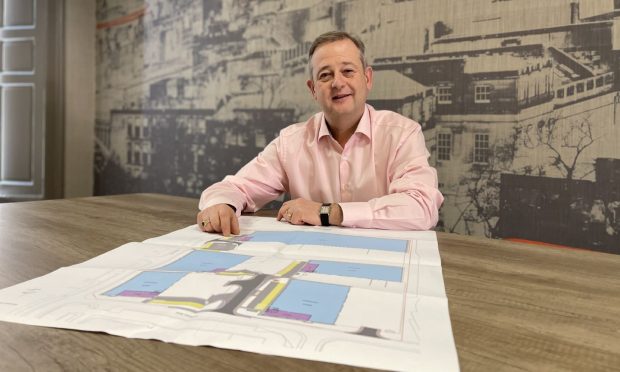

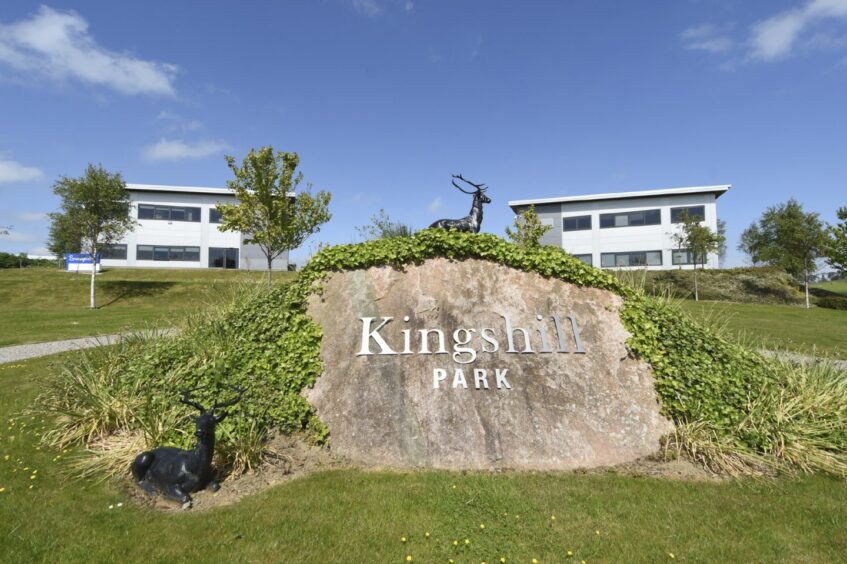
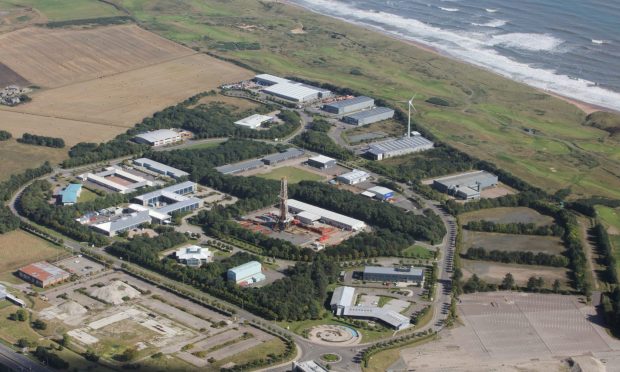

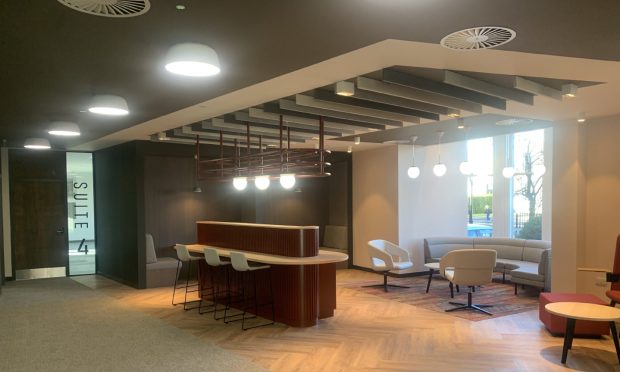
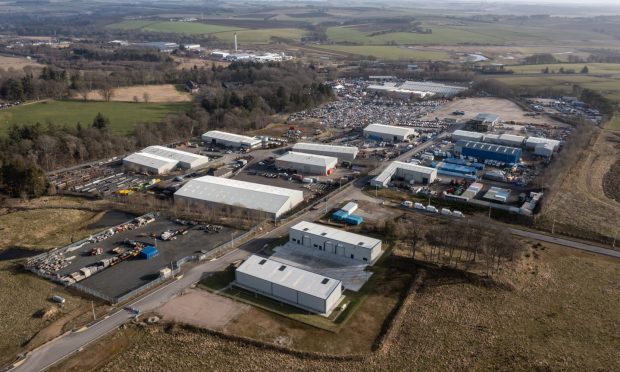

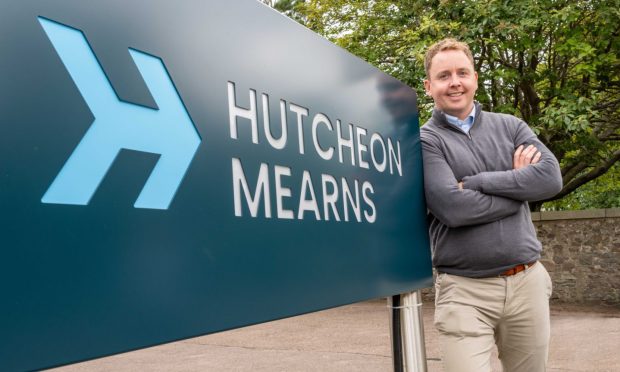

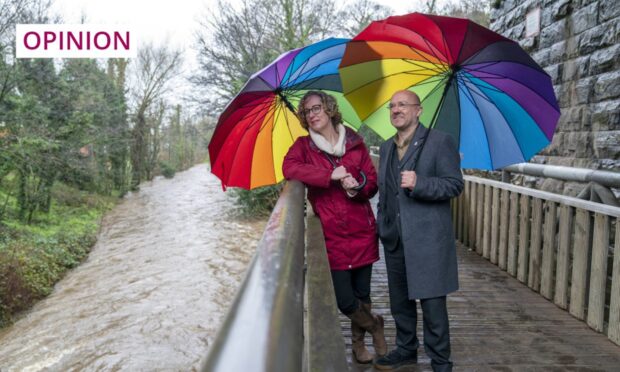

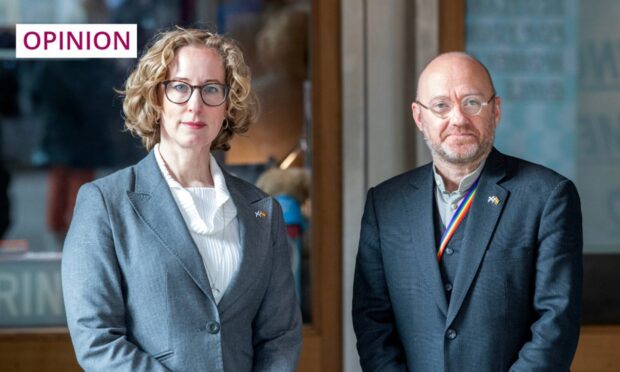


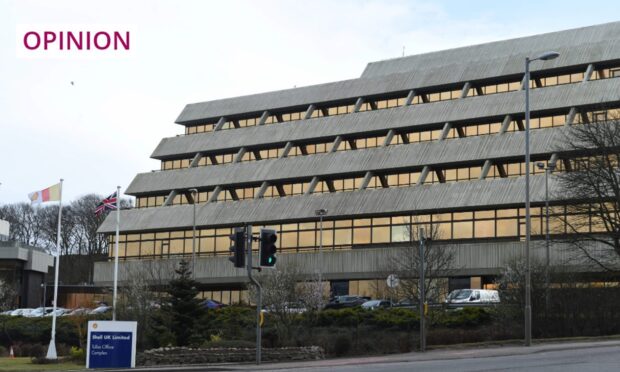


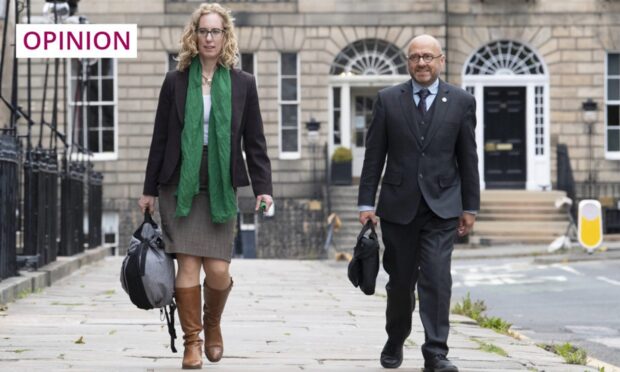
Conversation